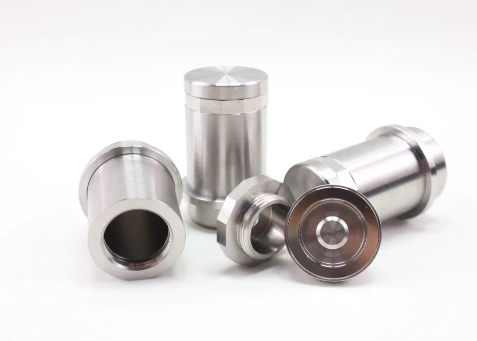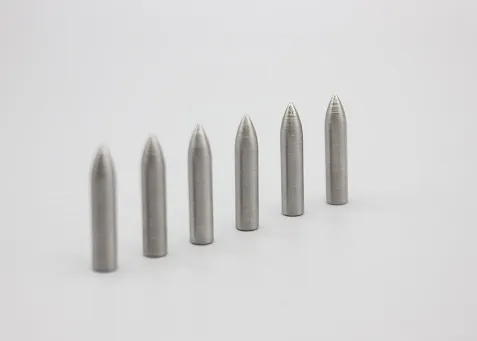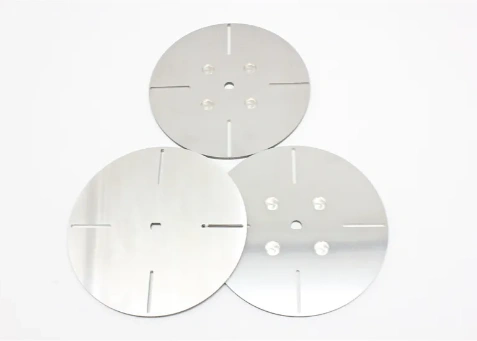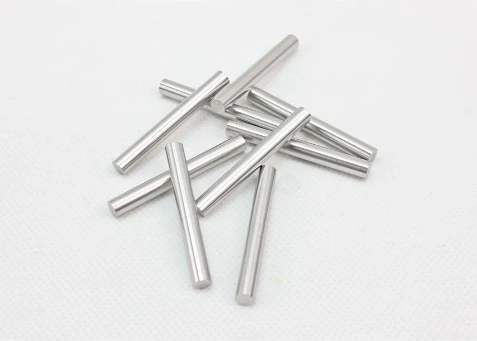New Radiation Protection Standards: Why Are Top Hospitals Around the World Choosing Tungsten Alloy Shielding Components?
Amid growing attention to radiation safety for both patients and medical personnel, radiation protection standards in the healthcare sector have become increasingly strict worldwide. To stay compliant, hospitals are reevaluating the shielding materials used in their facilities. Among the various modern options, tungsten alloy shielding components have emerged as a preferred choice thanks to their outstanding protective capabilities. This growing attention to shielding performance is being reinforced by new guidelines from global and regional authorities.
International bodies such as the International Commission on Radiological Protection (ICRP) and regional authorities, including the European Union, have introduced updated guidelines aimed at minimizing radiation exposure in medical environments. These standards emphasize stricter limits on permissible radiation leakage and call for materials that provide reliable, consistent shielding. Medical devices such as X-ray machines, CT scanners, and radiotherapy equipment present unique challenges, necessitating shielding solutions that combine high attenuation with durability and safety. In response to these heightened requirements, tungsten alloy shielding components offer a compelling solution.
Tungsten alloys meet new regulations with several key advantages. Their high density and atomic number provide superior gamma and X-ray shielding compared to traditional materials. Unlike lead, tungsten alloys are non-toxic and eco-friendly, avoiding hazardous disposal issues. They also offer strong mechanical durability and corrosion resistance, ideal for long-term medical use. Additionally, their precision manufacturability enables custom shielding shapes tailored to specific medical devices, making them versatile for various radiation protection needs. These properties directly translate into real-world benefits that hospitals value when choosing shielding materials.
Hospitals across North America, Europe, and Asia are actively adopting tungsten alloy shielding in radiotherapy and diagnostic imaging environments where radiation exposure is particularly high. In PET/CT suites, for example, the use of customized tungsten collimators has been shown to significantly reduce scatter radiation, creating a safer treatment environment and lowering secondary exposure risks for medical personnel.
On the manufacturing side, an increasing number of medical equipment developers are specifying tungsten alloy inserts in their new-generation imaging platforms. This trend reflects not only a response to environmental regulations but also a shift toward materials that support higher attenuation efficiency without compromising on design flexibility. These real-world implementations highlight tungsten alloy’s practical role in enhancing protection, simplifying compliance, and reducing the long-term burden of shielding maintenance and replacement.
As medical imaging and treatment technologies continue to advance, radiation protection standards are expected to become even more demanding. Tungsten alloy shielding is poised to expand beyond traditional radiology and radiotherapy into emerging medical fields and industrial applications. For exporters, understanding these trends is vital to supporting international clients with timely, compliant solutions that align with evolving regulations.
Tungsten alloy shielding components offer unmatched advantages in meeting today’s heightened radiation protection standards. Their superior shielding capabilities, combined with environmental safety and mechanical resilience, make them an indispensable choice for top hospitals globally. Partnering with experienced suppliers ensures that healthcare providers receive reliable, customized shielding solutions that safeguard patient and staff health while complying with stringent regulatory requirements. As demand for safer, smarter shielding solutions grows, tungsten alloys are well-positioned to lead the next era of medical radiation protection.

 EN
EN AR
AR FR
FR DE
DE HI
HI IT
IT JA
JA KO
KO PT
PT RU
RU ES
ES ID
ID LV
LV VI
VI HU
HU MS
MS GA
GA BE
BE YI
YI EU
EU


